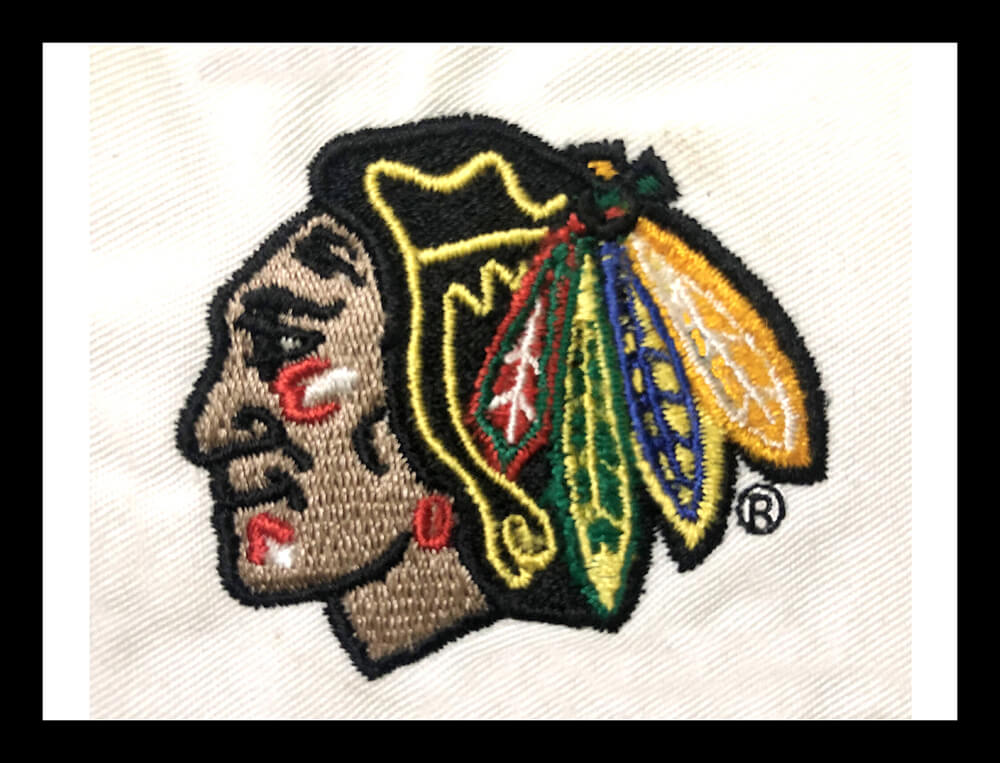Grasping the Embroidery Digitizing Process: Your Ultimate Guide
Embroidery digitizing is a meticulous craft that needs accuracy and know-how to translate complex styles into electronic styles for equipment embroidery. As craftsmens embark on this trip to master the needlework digitizing process, a detailed understanding of the fundamentals sets the foundation for excellence. Nevertheless, beyond the primary expertise lies a realm of innovative software program, specialized devices, and nuanced strategies waiting to be checked out. By diving right into the subtleties of digitizing, one can unlock a globe of creative opportunities and boost their embroidery jobs to new elevations.

Understanding Embroidery Digitizing Fundamentals
Embroidery digitizing essentials create the structure whereupon detailed layouts are equated into machine-readable styles for precise stitching. This first action in the needlework digitizing procedure is essential for making certain that the final embroidered item is a faithful representation of the initial layout. Comprehending embroidery digitizing basics entails grasping vital ideas such as stitch kinds, sew instructions, density, padding, and pull compensation.
Stitch types play a vital duty in determining the visual and textural result of the stitched layout. By picking the appropriate stitch type, whether it be satin, fill, or running stitch, digitizers can achieve the wanted result and improve the general quality of the embroidery. In addition, sew instructions affects the flow and measurement of the style, while density identifies the spacing and protection of the stitches.
In addition, rug sewing supplies stability to the design by safeguarding the textile and protecting against distortion during the embroidery procedure. Draw compensation is an additional necessary factor to consider to neutralize the all-natural tendency of textile to agreement when sewn. Understanding these embroidery digitizing basics is fundamental for producing professional-quality stitched items.
Selecting the Right Digitizing Software Program
Choosing the proper digitizing software program is a vital decision that substantially impacts the efficiency and top quality of the embroidery digitizing procedure. Digitizing for Embroidery. When selecting the ideal digitizing software program, it is necessary to take into consideration elements such as the complexity of layouts you prepare to produce, the user-friendliness of the software, the degree of client support used, and the compatibility with your embroidery device
There are numerous digitizing software application choices available in the market, ranging from fundamental programs for beginners to advanced software for expert digitizers. Some popular selections include Wilcom EmbroideryStudio, Hatch Needlework Software Application, and PulseID. These software provide a large range of devices and functions to assist you develop complex styles effortlessly.
Before choosing, it is a good idea to check out the different software application alternatives with totally free tests or trials to figure out which one best fits your demands. In addition, checking out reviews and looking for referrals from experienced digitizers can provide useful understandings into the staminas and weak points of each software program package (Digitizing for Embroidery). By very carefully evaluating your needs and contrasting the functions of various digitizing software, you can make an educated option that improves your needlework digitizing process
Digitizing Tools and Methods

Optimizing Design Settings for Needlework
Understanding the details of layout settings is essential in accomplishing ideal results in the needlework digitizing procedure, building upon the foundation laid by comprehending digitizing tools and techniques. When optimizing layout setups for embroidery, it is vital to take into consideration aspects such as stitch type, thickness, rug, pull payment, and registration. Enrollment setups line up various elements of the layout accurately, preserving general design honesty.

Troubleshooting Common Digitizing Issues
When experiencing typical digitizing concerns throughout the embroidery procedure, it is essential to recognize the origin and apply reliable services promptly. One typical problem is stitch thickness concerns, where stitches may be also why not try this out thick, triggering the textile to tighten, or also sporadic, leading to spaces in the layout. Adjusting the stitch thickness setups in the digitizing software can help fix this issue.
Another regular challenge is thread breaks throughout the needlework process. This can occur due to numerous reasons such as incorrect tension settings, boring needles, or making use of low-grade string. Making certain proper maintenance of the needlework maker, consisting of regular needle adjustments and stress modifications, can minimize the event of string breaks.
Additionally, layout enrollment mistakes can lead to misaligned components within the needlework style. Examining the style positioning in the digitizing software and making necessary changes prior to sewing can assist in avoiding this problem. By dealing with these usual digitizing concerns without delay and successfully, you can ensure a smoother needlework procedure and high-grade ended up products.
Final Thought
Finally, understanding the embroidery digitizing procedure needs a solid understanding of the essentials, the best choice of software program, and understanding of devices and methods. Enhancing design settings and fixing usual digitizing issues are vital action in making sure high-grade embroidery outcomes. By complying with these actions vigilantly, one can achieve accuracy and efficiency in the digitizing process.